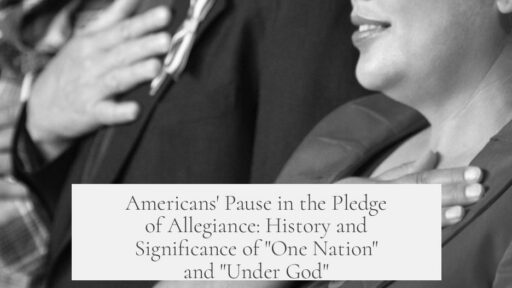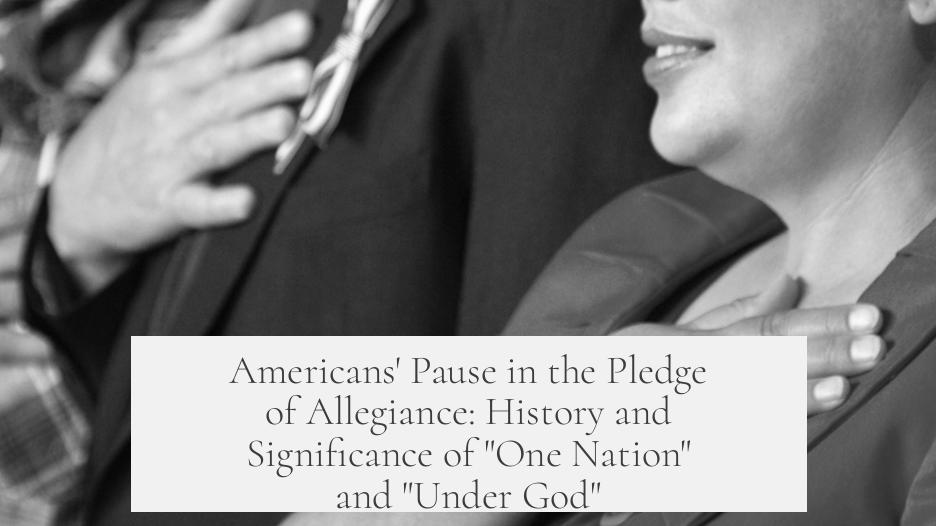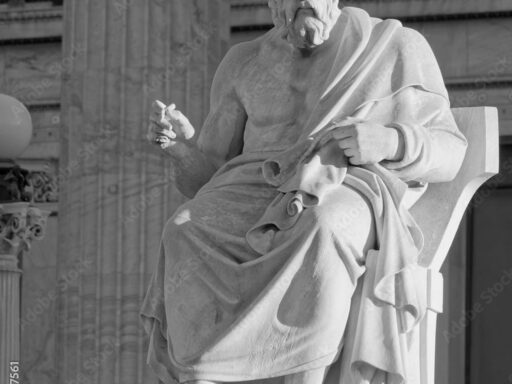Americans began inserting a pause in the Pledge of Allegiance between “One Nation” and “Under God” after the phrase “under God” was officially added in 1954. This addition changed the cadence of the pledge, making a pause necessary to accommodate the new wording and emphasize its significance.
Before 1954, the pledge ended with “one nation indivisible.” The phrase “under God” was introduced during the era of heightened Cold War tensions, particularly the second Red Scare. At that time, the United States sought to distinguish itself ideologically from the Soviet Union, which was explicitly atheistic.
The insertion of “under God” served as a public declaration of religious faith, which aligned with the growing performative religiosity in American public life. Leaders and citizens used this added phrase to symbolically prove loyalty to the nation by contrasting American religious values with Soviet atheism.
The pause functions to adjust the rhythm of the pledge. It highlights the phrase “under God,” allowing listeners and reciters to acknowledge its importance separately from the rest of the pledge. This moment creates emphasis, reinforcing the inclusion of the divine element in the national identity as expressed through the pledge.
Overall, the pause came as a natural consequence of adding “under God” in 1954, serving both practical and symbolic purposes. Practically, it fits the meter of the pledge. Symbolically, it underscores the ideological and religious stance of the United States during the Cold War.
The changes reflect the cultural and political climate of the 1950s, a period when American patriotism was deeply intertwined with religious expression. For a deeper understanding of this context, Stephen Whitfield’s The Culture of the Cold War provides an extensive analysis of religion’s role in public life during this time.
- The phrase “under God” was added to the Pledge of Allegiance in 1954.
- The pause between “One Nation” and “Under God” helps incorporate the new phrase into the pledge’s rhythm.
- The inclusion occurred during the second Red Scare to contrast American religious values with Soviet atheism.
- The pause emphasizes the new wording and reinforces its ideological significance.
When and Why Did Americans Start Inserting a Pause in the Pledge of Allegiance Between “One Nation” and “Under God”?

Americans began inserting a pause between “One Nation” and “Under God” in the Pledge of Allegiance starting in 1954. This change corresponds directly to the addition of the phrase “under God” itself, which was introduced as part of the pledge that year.
Before 1954, the pledge went like this: “I pledge allegiance to the Flag of the United States of America, and to the Republic for which it stands, one nation indivisible, with liberty and justice for all.” But then came a new era, a new phrase, and with it, a new rhythm—along with a pause.
Let’s dive into why this small but meaningful pause entered the daily routines of Americans and how it reflects a larger story about religion, politics, and identity in the mid-20th century United States.
The Addition of “Under God”: A Cold War Cultural Moment
The phrase “under God” was not part of Francis Bellamy’s original 1892 pledge. So, why add it in 1954? The answer lies in the context of the Cold War, especially the intense atmosphere of the second Red Scare.
At the time, the U.S. was locked in a rivalry with the Soviet Union, a country famously and officially atheistic. American leaders and many citizens felt a strong urge to distinguish themselves not just politically and militarily, but culturally and spiritually as well.
“Because the USSR was seen as explicitly atheistic, then public demonstration of religious activity (whether genuine or not) was a great way of proving to everyone else that you were a good and loyal American.”
This meant that public expressions of faith became doubled as flags waving allegiance. Inserting “under God” into the pledge was a symbolic line in the sand. Saying it aloud became a declaration: Americans embraced both their country and their faith.
It’s no surprise then that with this shift, Americans started pausing deliberately after “one nation” to emphasize the new phrase and its weight.
Why the Pause? Balancing Meter, Meaning, and Message
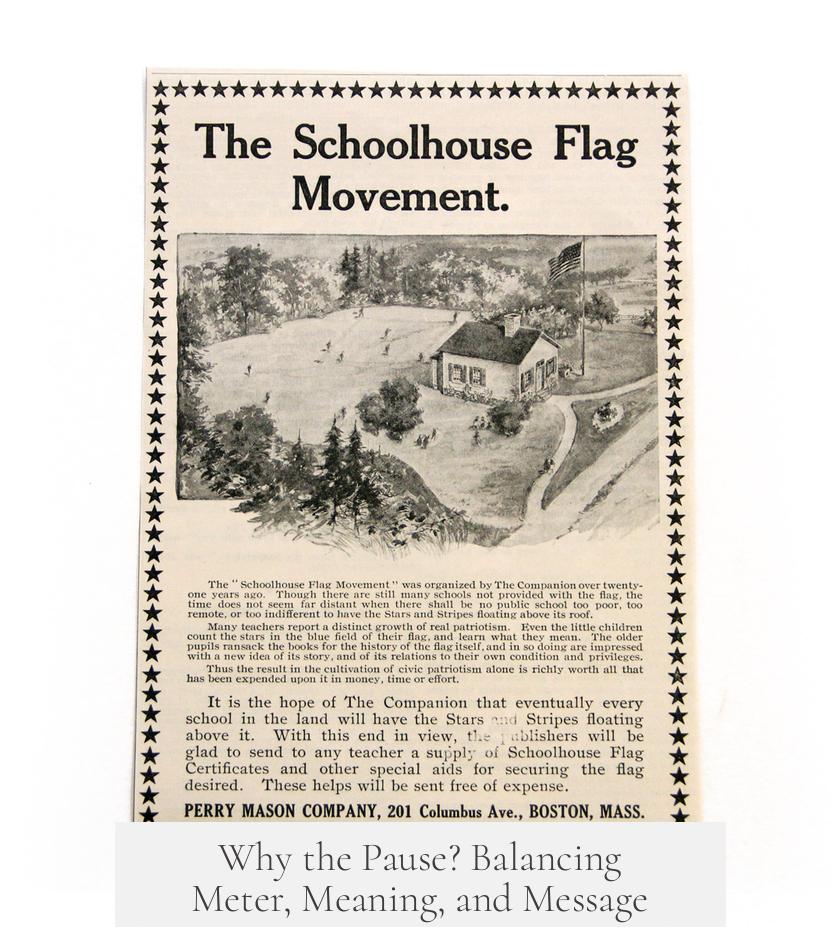
When you insert new words into a well-known phrase, you have to think about flow. The original pledge had a rhythmic cadence many were used to. Suddenly, with “under God” tacked on in 1954, reciting the pledge felt a bit awkward. The natural solution was a pause.
“My guess is that the pause was a way of being able to incorporate the new wording into the existing meter of the pledge, while also ‘hammering home’ the message.”
This pause helps maintain the rhythm. It also avoids rushing through a phrase now carrying deep significance. In a way, the pause demands attention from whoever is reciting the pledge. “One nation… under God…” it signals, is a bigger deal than just words slapped onto an old promise.
Think about times when you naturally pause in speech to draw focus or create emphasis. The pause after “one nation” works similarly—guiding listeners to reflect on the new identifying condition: being “under God.”
Implications and Reflections
This tiny pause tells a big story about American identity in the 1950s. It reflects how religious faith and patriotism were entwined like never before. Not just a pledge to a republic, but a pledge to a nation united under God, was now the official line.
Do you ever wonder how much of the phrasing we recite daily still carries echoes of political and cultural battles? The 1950s were a time when Americans had to prove their loyalty not just with flags and words, but also with shared faith expressions.
This pulse in the pledge embodies that era perfectly.
Learning More About Religion and Patriotism During the Cold War
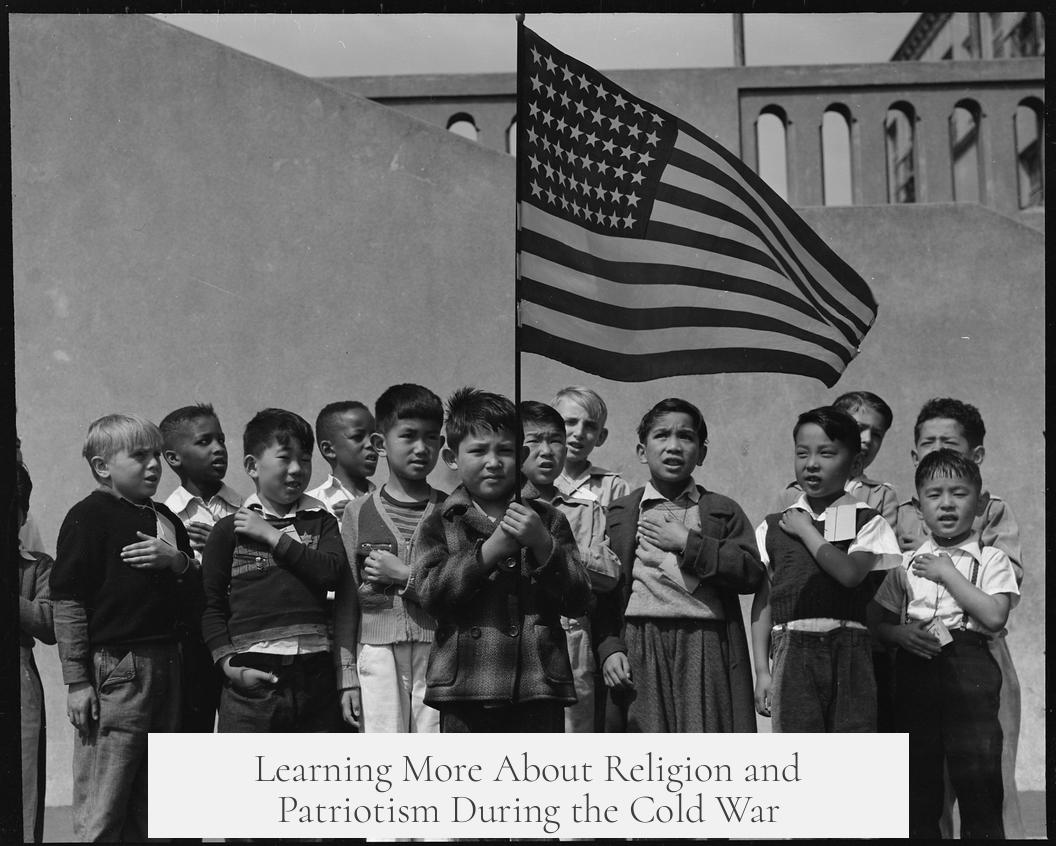
If the combination of faith and nationalism fascinates you, there’s a great resource to check out: Stephen Whitfield’s The Culture of the Cold War. It gives an insightful look into how religious language and actions were used to define American identity during that period.
Whitfield explains how the public inclusion of “under God” symbolized wider trends in American culture: a performative religiousness that became part of showing who belonged and who didn’t. So yes, adding a simple pause in the pledge wasn’t a trivial tweak—it was a meaningful cultural adjustment.
Final Thoughts: More Than Just a Pause
The introduction of the pause between “One Nation” and “Under God” in the Pledge of Allegiance is a fascinating example of how language, culture, and politics intersect. It’s a small moment with a big meaning.
Next time you say the pledge, notice your rhythm. That pause reminds us that language evolves with history. It highlights how Americans, amid Cold War tensions, chose to intertwine their identity with faith as a mark of unity and loyalty.
Isn’t it intriguing how something so subtle in speech can open a window to the past? How a simple pause can speak volumes about fear, faith, and the need to belong?
